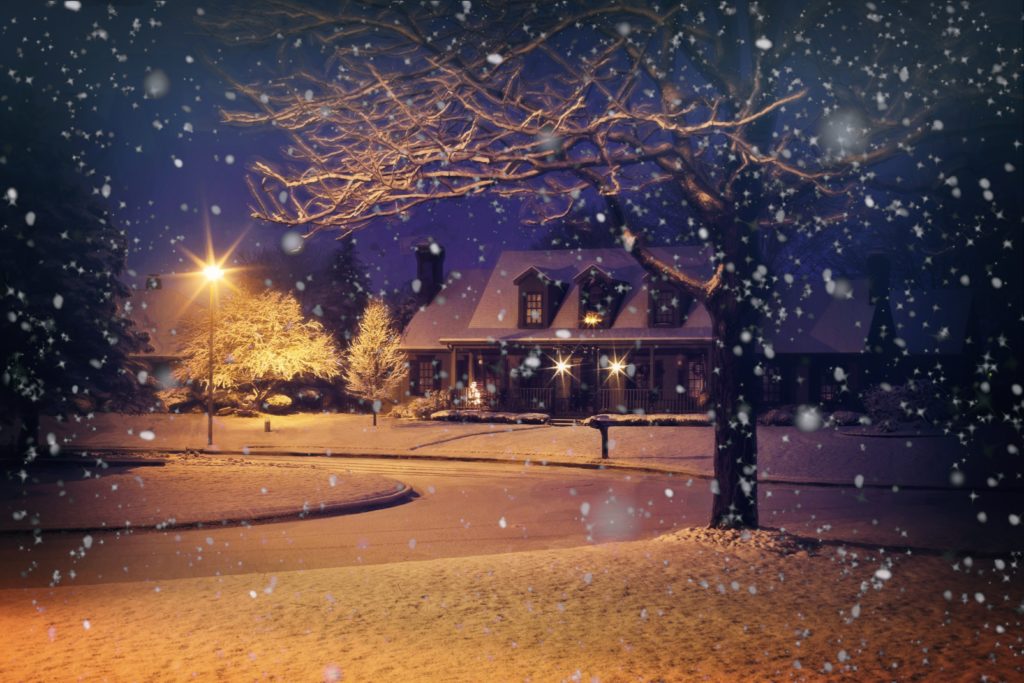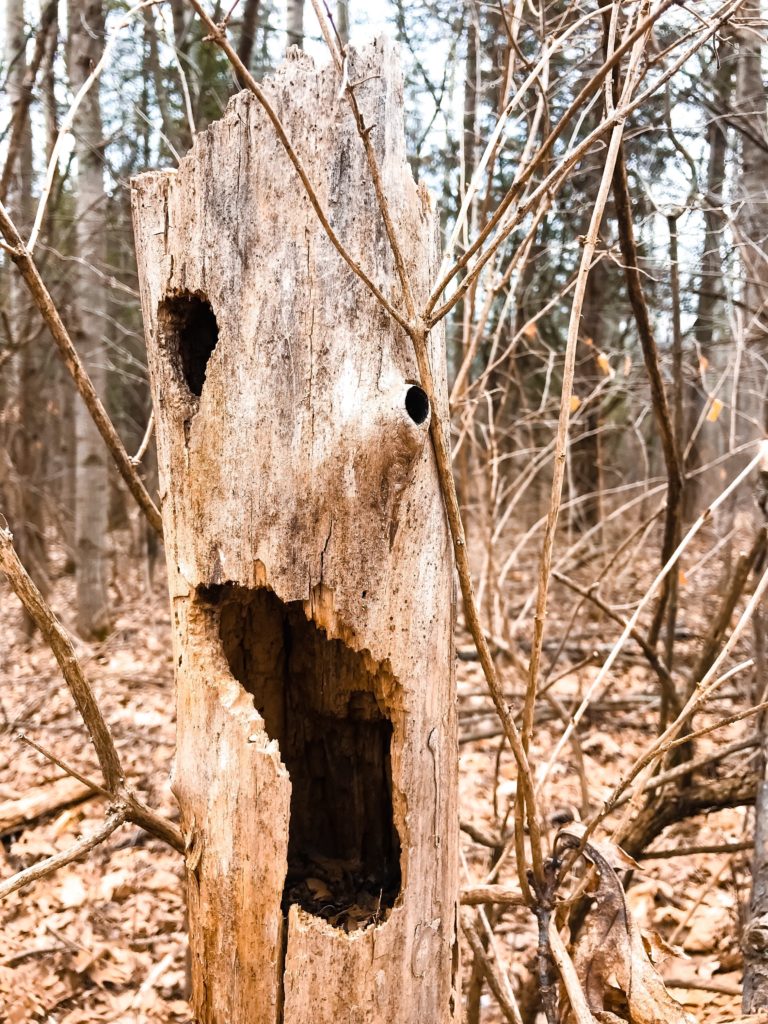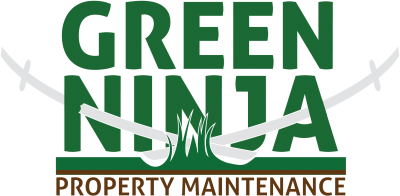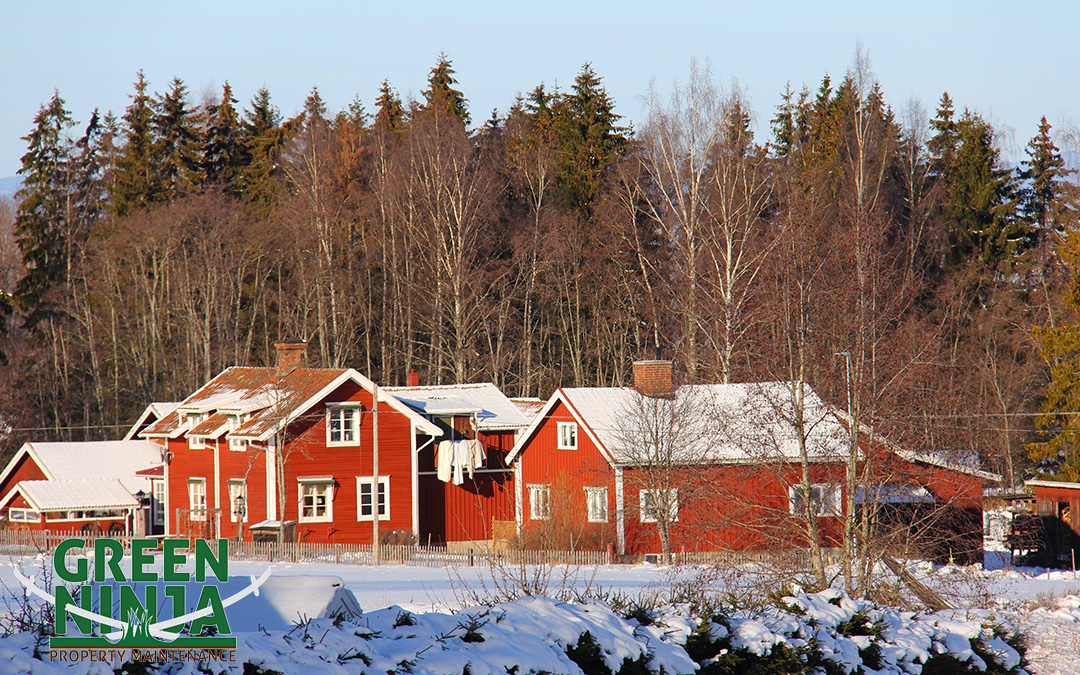It’s almost a fact of living in Canada now: winter salt, whether it’s sprayed on the roads or used on walkways, can easily get where it doesn’t belong. Even if you live in an area that uses waterway – or pet – friendly salt, if there’s too much sodium of any kind on the ground, it will kill grass and choke out plants.
If you’re worried about winter salting products killing your grass, lawn, flowers, or trees, do what you can to prevent it from getting onto your property. There’s also a lot you can do in spring to stop damage from happening, too!
The Damage Done By Salt
If you’ve ever cleaned your winter boots or clothing after a cold day outdoors, you know that salt doesn’t stay on the ground. It’s not just what’s tracked onto your lawn, though; salt spraying from traffic and trucks can be carried by the winter winds, travelling over 100 feet and onto your property. If the salt isn’t diluted enough, it can carry onto the soil, where it is taken into the plant’s roots and harms their feeding processes.
Salt interrupts water intake, and the damaging effects are different depending on the plants. Shrubs, bushes, and other evergreen plants will have their needles turn brown; deciduous plants might get damaged, but you probably won’t see it until spring, when plants do not form proper buds because of the interruption. For grass, the growth will slow, and what should be lush greenery will turn yellow or brown, and die off. Untreated, your lawn will become short and patchy.
Repairing Your Lawn After Salt Damage
The salt residue isn’t something you should ignore. There are several lawn “supplements” you can use to encourage new shoots, help the grass repair itself, and retain much-needed water that the salt can rob from the soil. One popular product is gypsum or calcium sulfate. Usually coming in a pelletized form, gypsum replaces the salt with calcium and sulfur. In spring, rake out the dead grass, then distribute a thin layer of gypsum over the affected areas with a lawn spreader.
When spring comes, it’s important to rinse all the plants that have been exposed to salt, using about two inches over the water every couple of days. It helps if your driveway and walkways are graded towards the street so that they drain the salty water away from your lawn and garden.
Preventing Winter Salt Damage 
The best way to prevent salt damage is to use less salt on your property. You can do your best to prevent damage to plants by using something other than salt, or by mixing your sodium deicer with a non-sodium based product to help you use less salt, or no salt at all; sand and kitty litter are two options that provide grit and decrease slippery ice without damaging your lawn and garden.
Of course, you can’t prevent the city or neighbours from using what they want. The most effective way to protect your plants from street salt is to construct a barrier parallel to the road or sidewalk. It doesn’t have to be a wall; salt-tolerant shrubs are an aesthetically-pleasing barrier. It also doesn’t even have to be permanent! When winter comes, you can set up a snow fence to keep spray off the lawn. Wrap your trees in burlap, too, so that they don’t take salt up through their roots.


Recent Comments